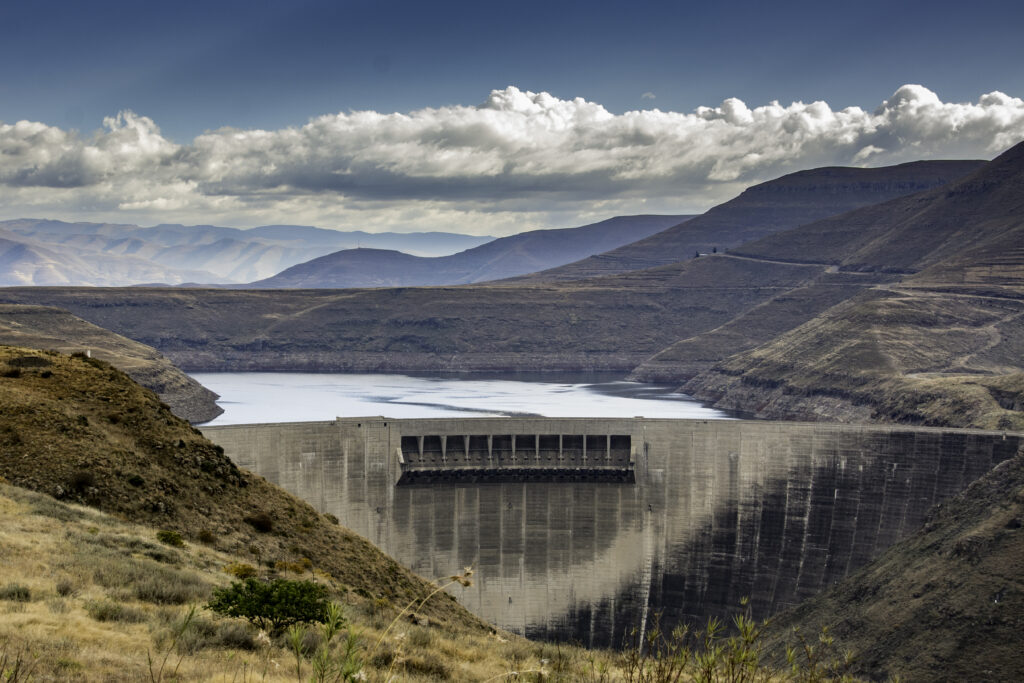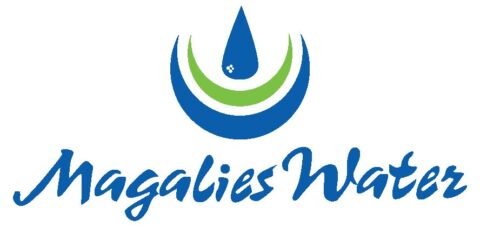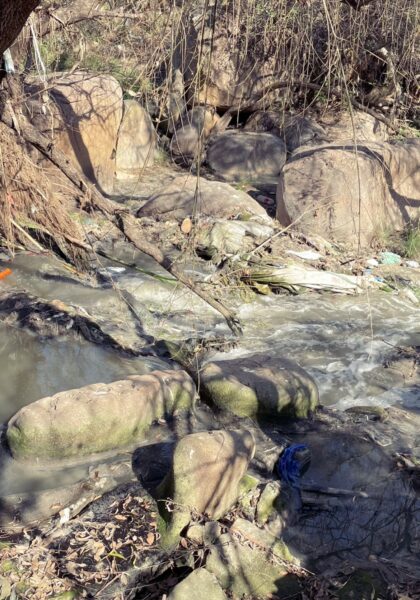Water Water PR
Building On The Wins – How To Tackle SA’s Water Crisis
- Martin Meyer, Head: Investec Energy and Infrastructure Finance
- Franca, Sandham Investec Energy and Infrastructure Finance
- Conrad Hefer Founder & Managing Director of Cresco Group
Urbanisation and population growth in South Africa have increased the demand for reliable water, straining systems already weakened by underinvestment and poor maintenance.
Municipalities face substantial losses from low revenue collection rates and non-revenue water losses (leakages), while consumers and businesses face intermittent supplies and the risk of lengthy water shortages. We believe there’s sufficient skill and available capital to tackle this crisis and deliver the water supply to meet South Africa’s growing needs. We examine different parts of the water supply chain to determine where the most impact can be achieved and how successful areas can serve as blueprints for others.
A model for success – bulk water supply
The Department of Water and Sanitation (DWS) plays a pivotal role in providing bulk water through entities such as the Trans-Caledon Tunnel Authority (TCTA). The Lesotho Highlands Water Project (LHWP), under TCTA, has been instrumental in supplying water to the Vaal River System for Gauteng’s needs.
Since Phase I of the LHWP was completed in 2003, Gauteng has drawn about 780 million m3 of water annually. Phase II, expected to complete in 2028, will add 465 million m3 to Gauteng’s supply.
Boards like Rand Water distribute bulk water and purify it to potable standards before it reaches municipalities. This supply chain functions effectively but relies on timely payments from municipalities, which struggle with financial and infrastructural problems.
Municipal responsibilities and infrastructure challenges
Municipalities distribute water to end users and maintain the infrastructure that supports this. However, many have failed to adequately maintain their systems, leading to significant water losses due to leaks and other inefficiencies. This stems from several challenges:
Limited financial resources: Many municipalities operate under severe budgetary restraints, making it difficult to allocate funds for maintenance and development.
An inadequate project pipeline: There’s been a deficiency in the launching, development and implementation of projects aimed at augmenting water supply to meet the growing demand.
Shortages of technical resources: A lack of technical expertise and resources hampers project development and implementation.
Creditworthiness of municipalities: There are opportunities for private investment and private sector involvement in municipal water management, but bankability issues limits the ability to raise funding for large projects.
Poor revenue collection: Many municipalities struggle with inadequate revenue collection, exacerbating financial and operational challenges.
Exploring solutions
There’s no “one size fits all” solution – a multifaceted approach is essential. The bulk water sector example shows several potential solutions to stabilise and enhance water infrastructure.
Public sector participation including public-private partnerships (PPPs) are key to managing and maintaining existing infrastructure. South Africa has a wealth of skilled professionals and companies able to assist in structuring these partnerships to increase the chances of success. Some key approaches to consider include:
Infrastructure investment and management. This includes build-operate-transfer (BOT) projects, and performance-based contracts and bankable water infrastructure concession agreements.
Non-revenue measures, such as smart water management and technology integration, leak detection and water-loss prevention, the enforcement of smart metering and billing and the implementation of stringent wastewater recycling and reuse.
Municipal finance and revenue collection support. This can be achieved through sourcing services of water tariff structuring and collection services. Optimal revenue collection enables municipalities to raise debt financing for infrastructure and other needs.
Carbon credits and green financing is another avenue that can be explored by credit-worthy municipalities.
Ringfencing of revenue streams ensures that funds collected from water services are used exclusively for water-related infrastructure, maintenance, and operations. This improves financial sustainability, attracts private investment, and enhances service delivery.
The key to project development is early-stage project funding, which can improve the bankability of a project by addressing key risks before seeking private investment. The process provides support for feasibility studies, securing regulatory approvals, and structuring projects to attract private capital. Municipalities should tap into early-stage funding from institutions like the DBSA, AWF, PIDG, and the SA Infrastructure Fund.
Conclusion
Collaborative efforts between municipalities and the private sector can address the underlying issues related to financial management, infrastructure maintenance and expansion, to create a more sustainable and efficient water supply system. For all this to work, a clear municipal regulatory framework is required, with performance indicators to ensure accountability. Public buy-in and transparency are crucial for acceptance and sustainability. An improvement in water management and uninterrupted water supply will encourage South African citizens to pay for the water service.
For full regulatory disclosures, please visit ICIB Disclaimer





